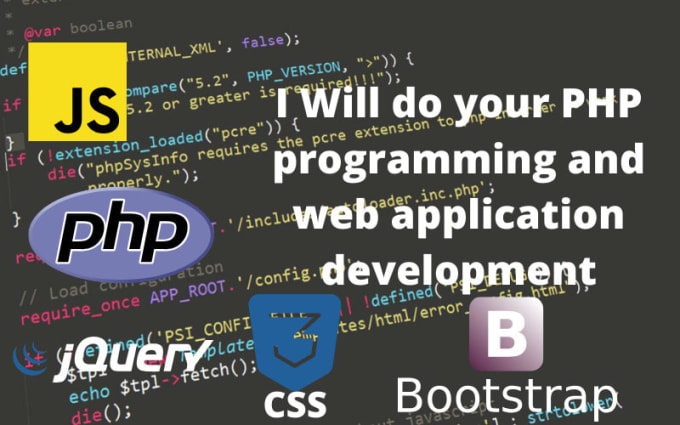Mastering the Art of Web Development: Unleashing Your Digital Creativity
In the fast-paced and ever-evolving world of web development, staying ahead of the curve is essential for every digital creator. From Adaptive Web Design to Containerization in Web Projects, the realm of web development is rich with opportunities to explore and innovate. Embracing technologies like Web Assembly, Kubernetes, and GraphQL can empower developers to build dynamic and scalable web applications that push boundaries and exceed expectations.
Moreover, mastering essential tools such as Docker, Webpack, and Babel is crucial for streamlining the development workflow and ensuring high-performance standards. Understanding concepts like Cross-Origin Resource Sharing, OAuth authentication, and secure coding practices is fundamental in safeguarding web projects against potential threats and vulnerabilities. By incorporating best practices in web design, accessibility, and user experience, developers can create impactful digital experiences that resonate with audiences around the globe.
Modern Web Development Tools
In the fast-paced world of web development, staying ahead of the game often means leveraging the latest tools and technologies. From Adaptive Web Design to Web Assembly, developers are constantly exploring new ways to enhance user experiences and streamline their workflows. Containerization tools like Docker and Kubernetes have revolutionized the way web applications are deployed and managed, offering scalability and efficiency like never before.
Automation plays a crucial role in modern web development processes. Build tools such as Webpack enable developers to bundle and optimize their code effortlessly, while tools like Babel help ensure cross-browser compatibility through JavaScript compilation. RESTful APIs, GraphQL, and OAuth have become essential in creating secure and efficient communication between web servers and clients, while JSON Web Tokens provide a robust method for user authentication.

To maintain high standards in web development, it's essential to adhere to best practices for security and ethical considerations. Developers must implement Secure Web Development Practices to prevent unauthorized access and data breaches. Embracing Sustainable Web Development principles can help minimize environmental impact and ensure long-term viability. Additionally, paying attention to Web Development Code Ethics is crucial for fostering a healthy digital ecosystem and building trust with users.
Best Practices in Web Architecture
In web architecture, scalability is crucial to accommodate growing traffic and ensure optimal performance. By adopting a microservices approach, where individual components are decoupled and can be independently scaled, web applications can easily handle spikes in user activity. This architectural design also enhances flexibility and maintainability, allowing updates to be made to specific services without disrupting the entire system.
Another key aspect of web architecture best practices is security. Implementing defense mechanisms such as Content Security Policy (CSP) and Cross-Site Scripting (XSS) prevention helps protect web applications from various cyber threats. Additionally, ensuring proper handling of user input and employing secure authentication methods like OAuth can safeguard sensitive data and prevent unauthorized access.
Furthermore, optimizing web architecture for speed and performance is essential for delivering a seamless user experience. Leveraging techniques such as caching, content delivery networks (CDNs), and efficient database querying can significantly reduce load times and enhance overall responsiveness. Additionally, employing Web Development Fundamentals and optimizing asset delivery contribute to improved web performance across diverse devices and network conditions.
Emerging Trends in Web Development
In the ever-evolving landscape of web development, staying ahead of emerging trends is crucial for digital creatives. One prominent trend is the growing adoption of serverless architecture, allowing developers to focus on code rather than infrastructure. This shift towards serverless computing offers scalability and cost-efficiency, making it an appealing choice for modern web projects.
Another trend shaping the future of web development is the rise of AI and machine learning integration. Implementing AI algorithms to enhance user experience, automate tasks, and personalize content is becoming increasingly common. From chatbots to predictive analytics, AI is revolutionizing how websites interact with users, creating more dynamic and engaging digital experiences.
Furthermore, the intersection of virtual reality (VR) and web development is opening up exciting possibilities. With WebVR and frameworks like Three.js, developers can create immersive 3D environments accessible directly through web browsers. This fusion of web technology and VR presents new avenues for storytelling, product visualization, and interactive web experiences, pushing the boundaries of what is possible on the web.